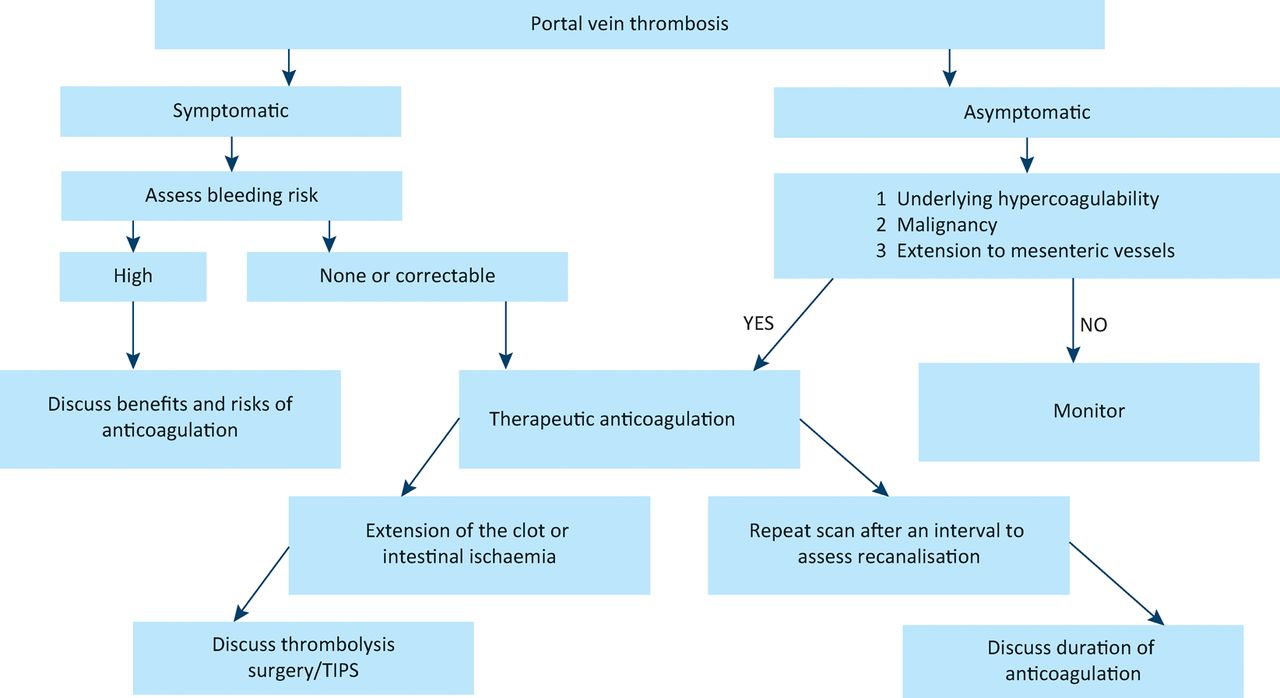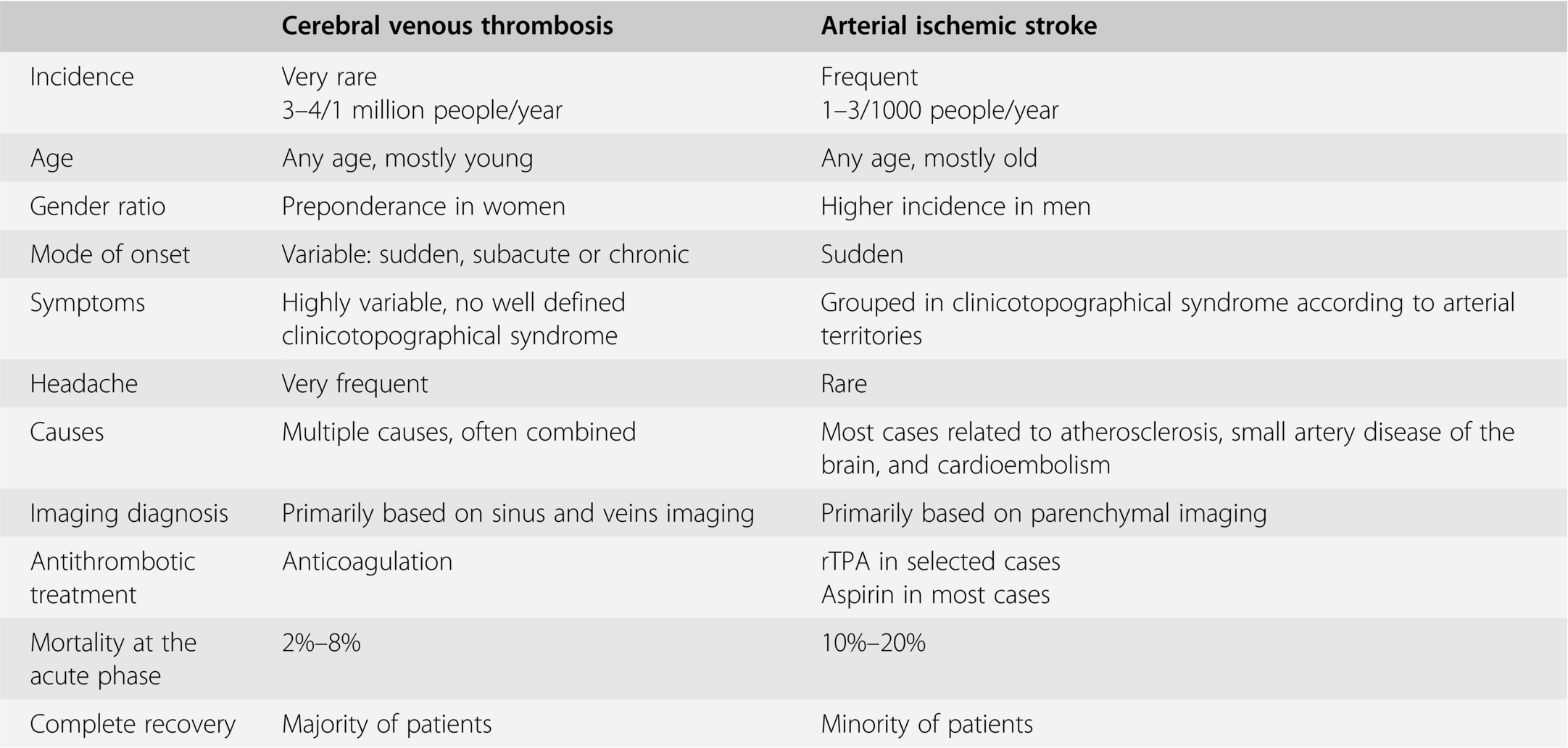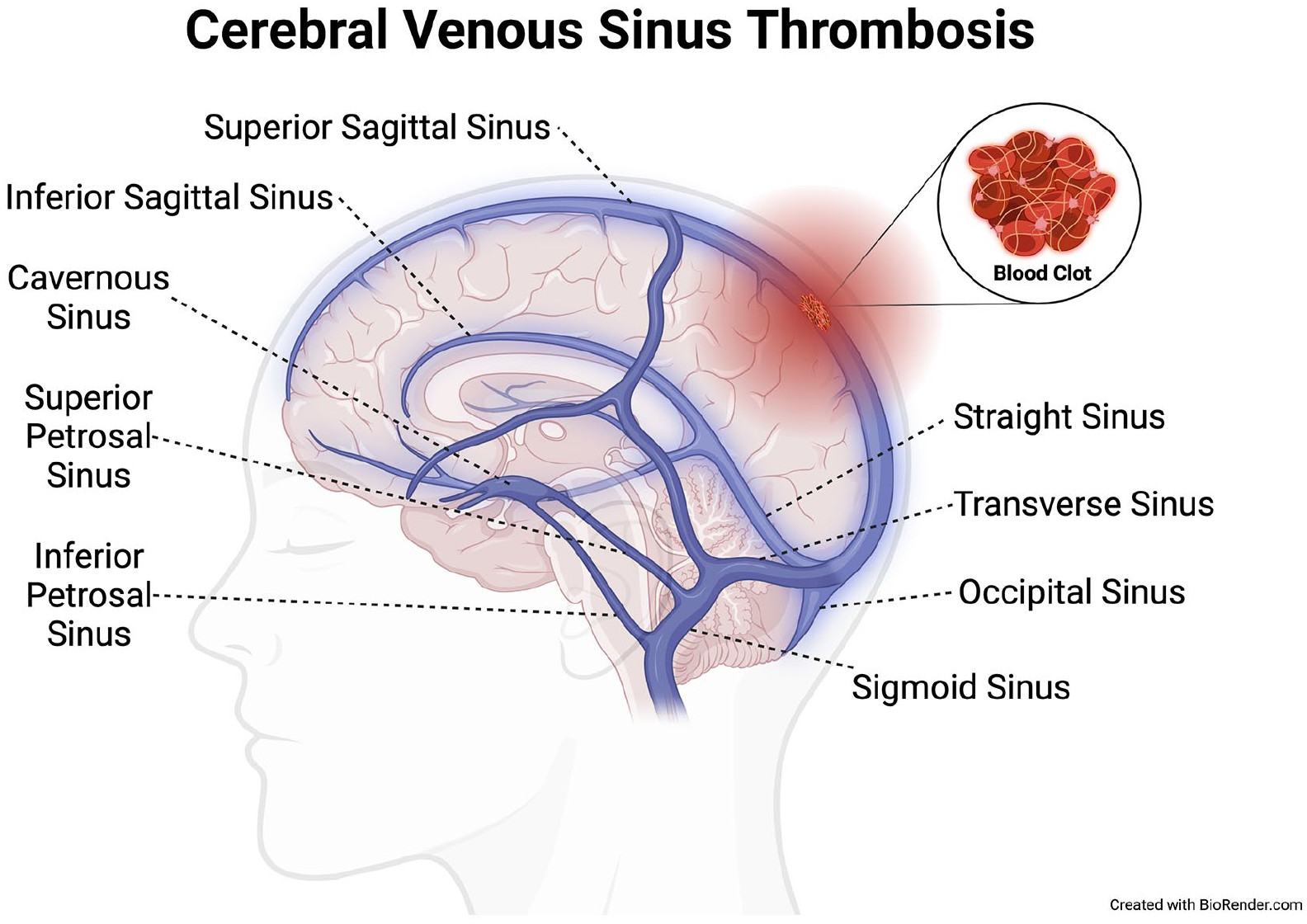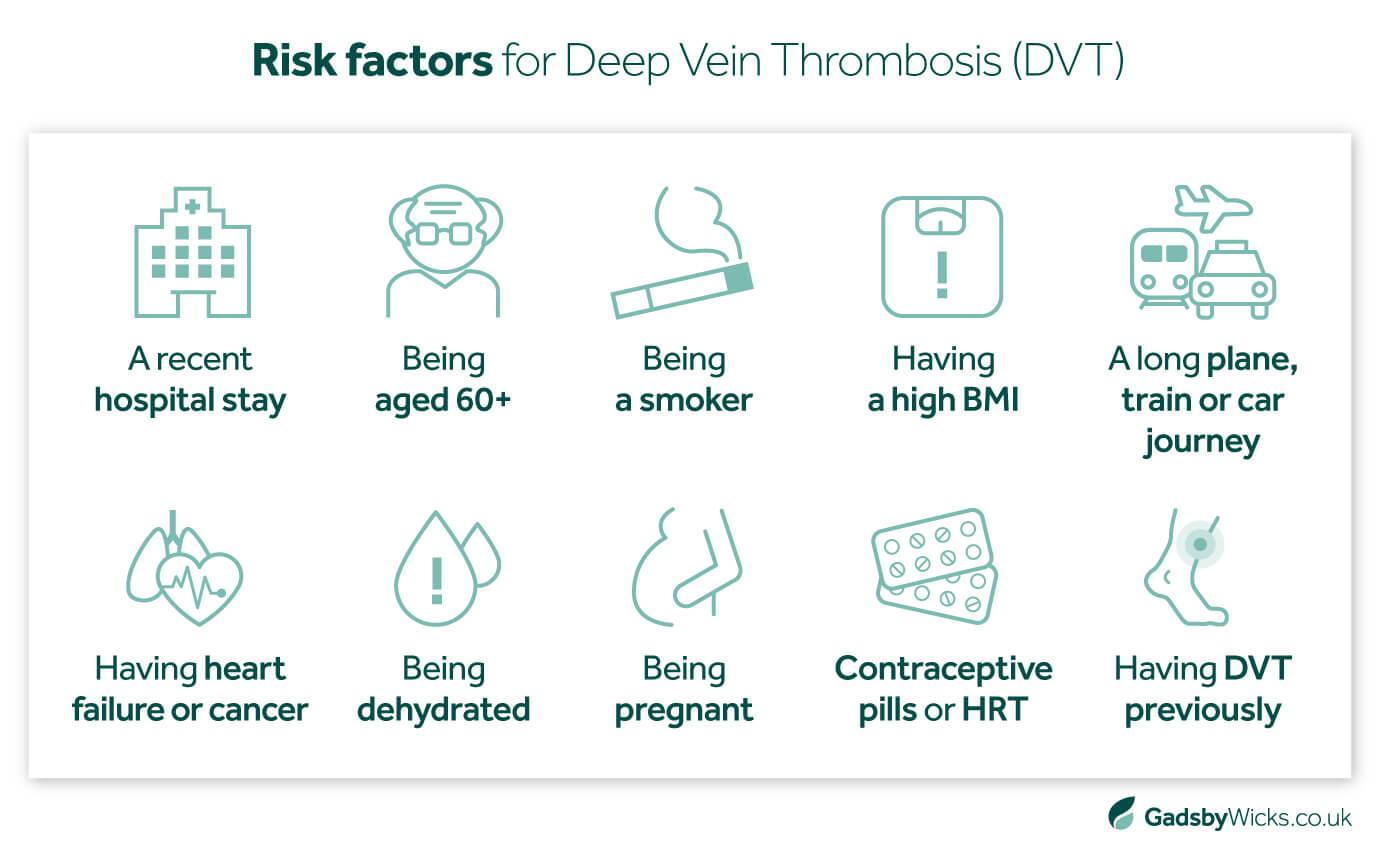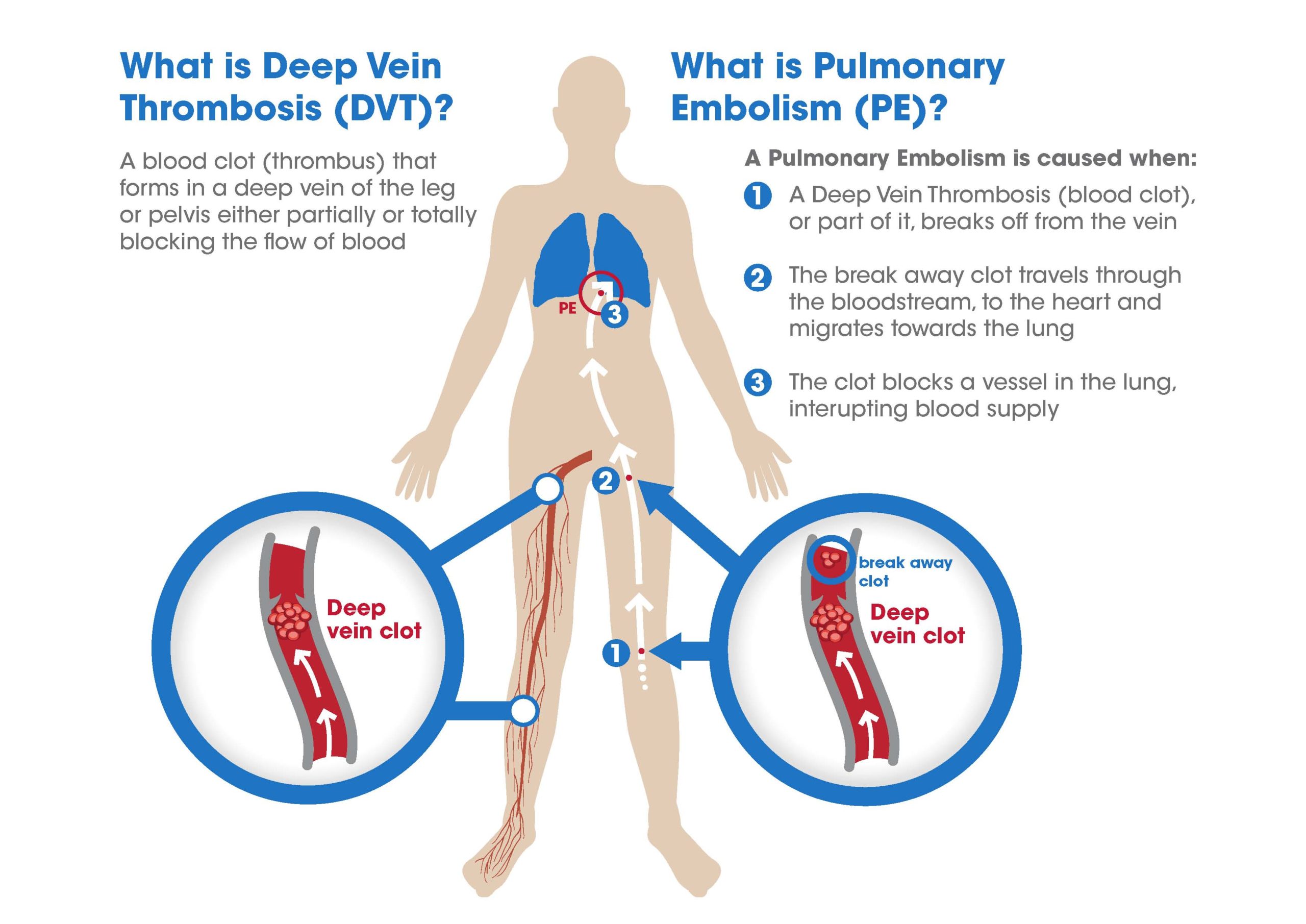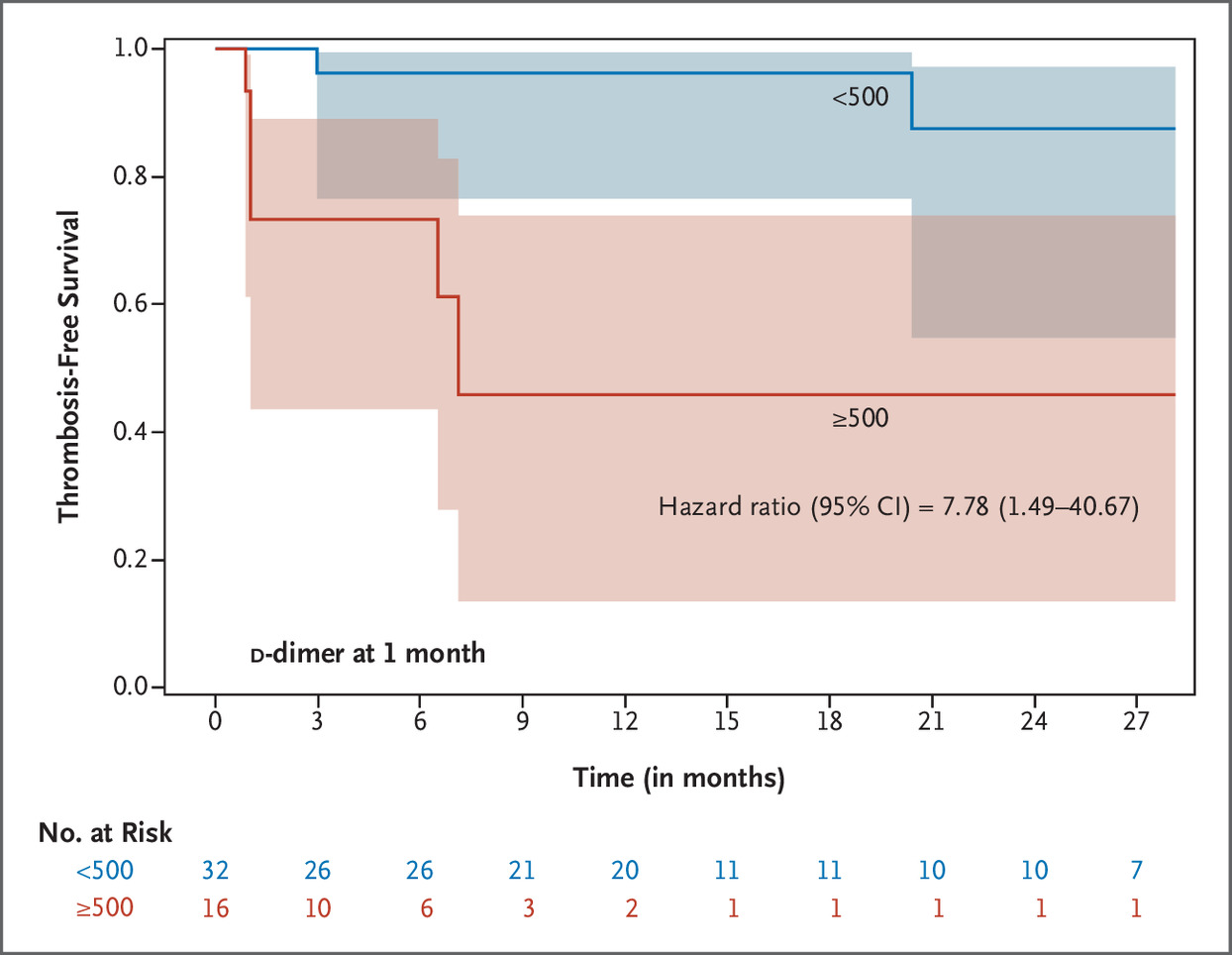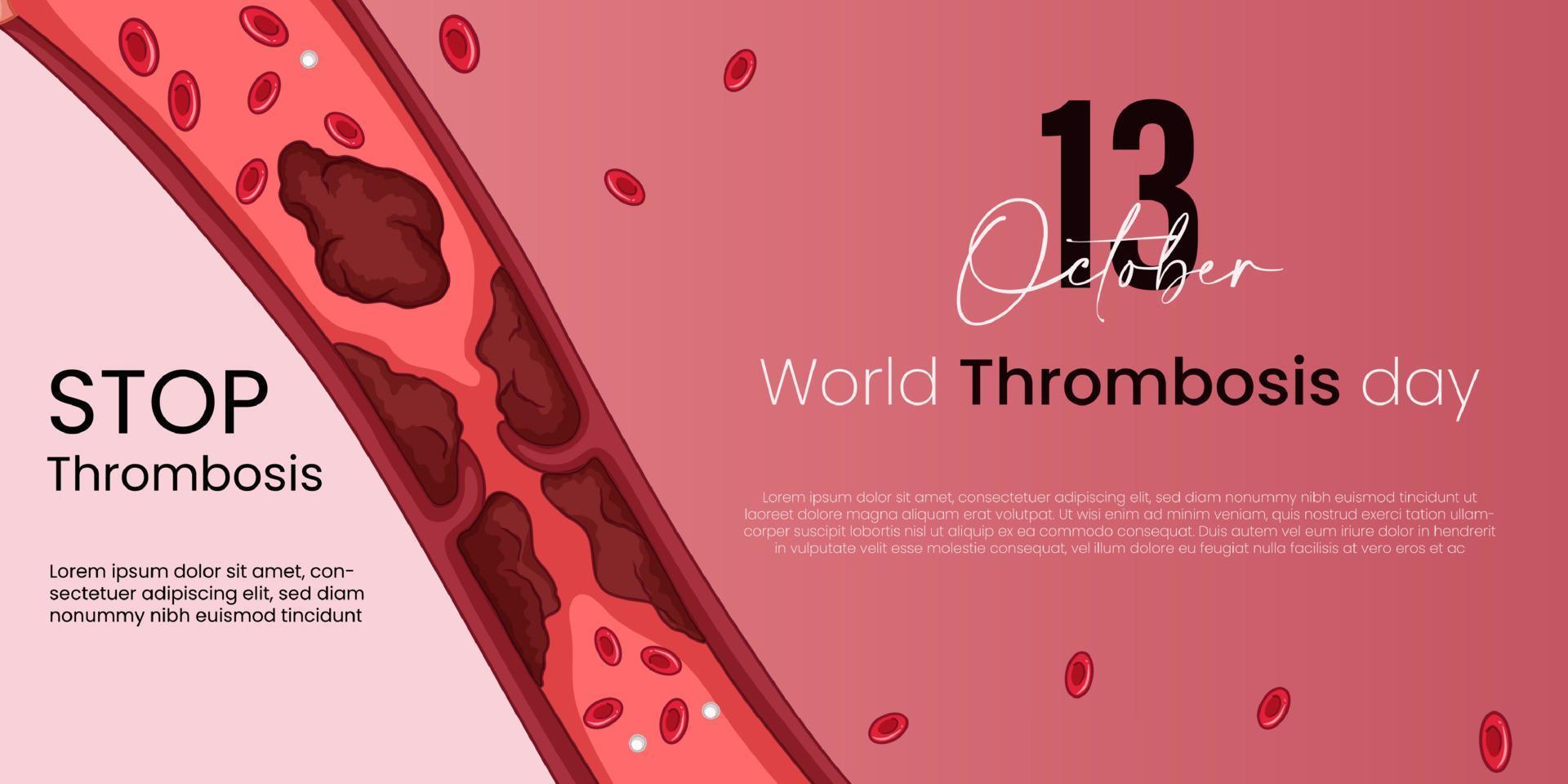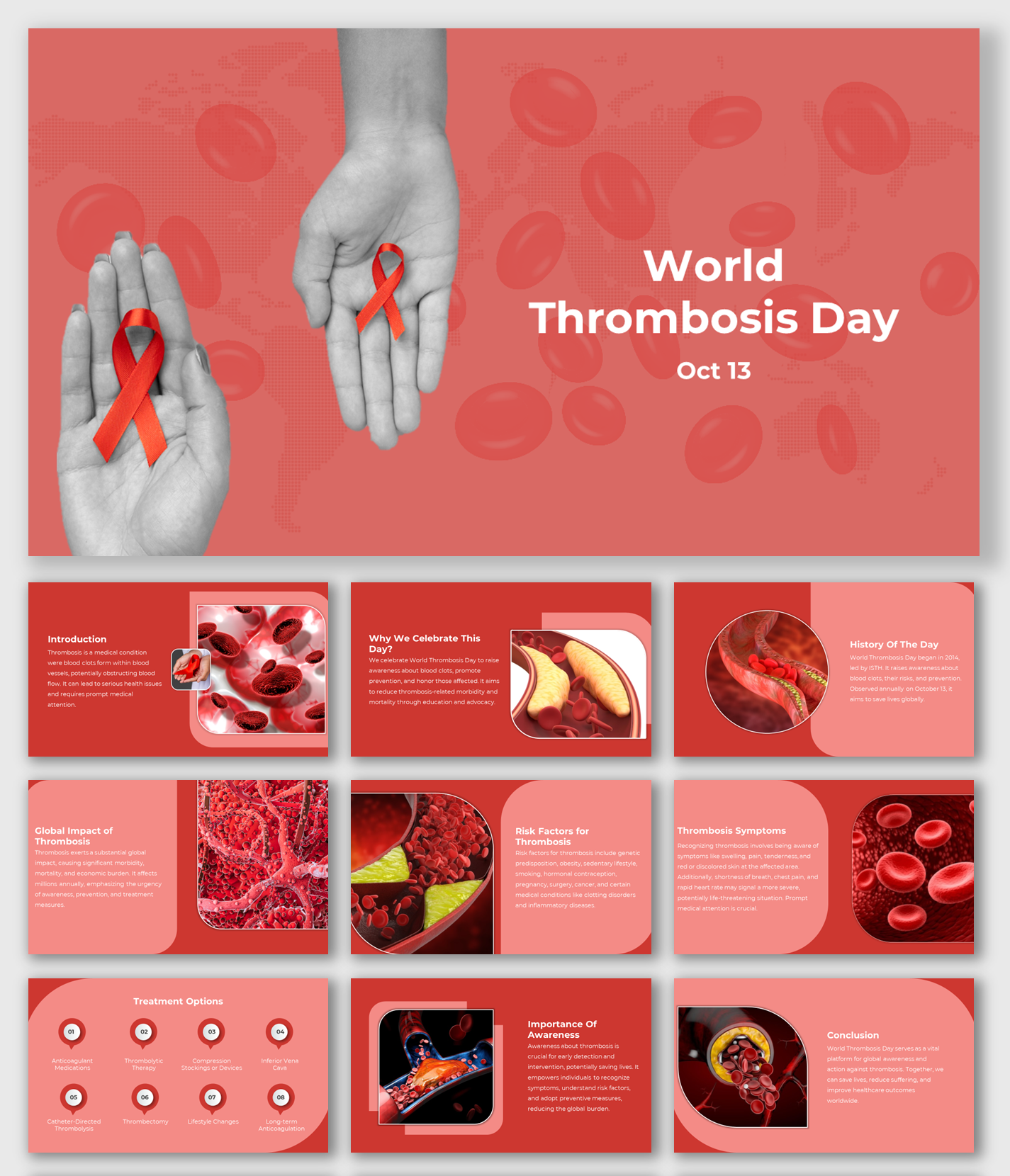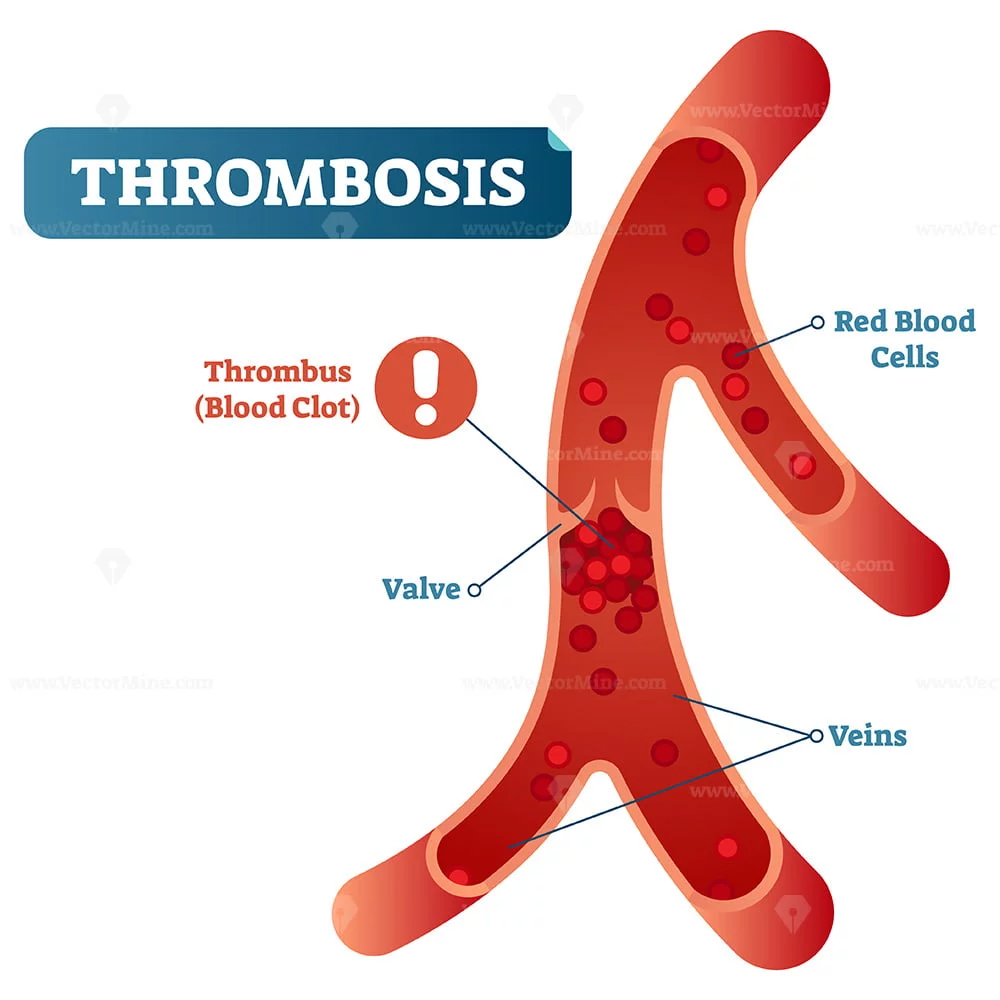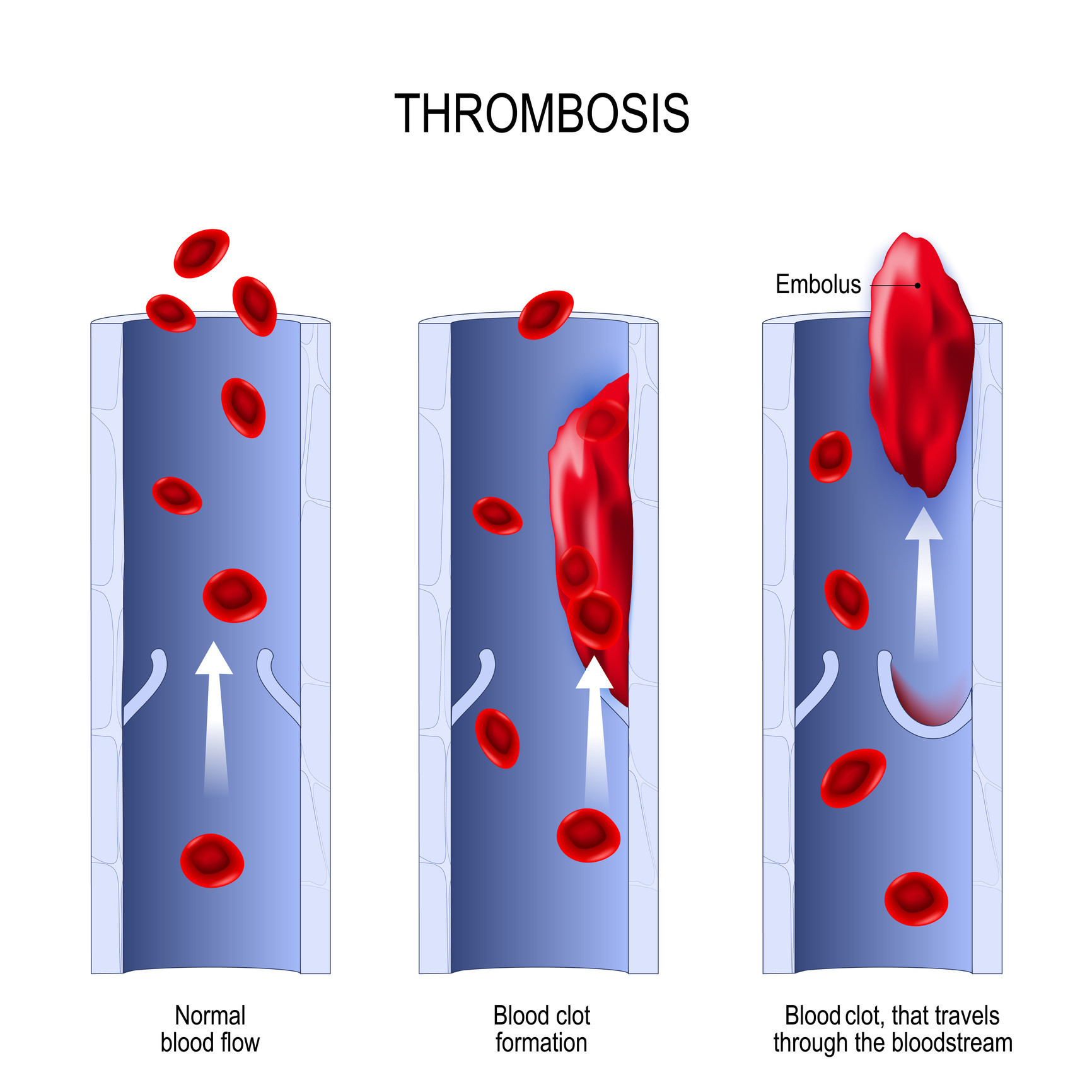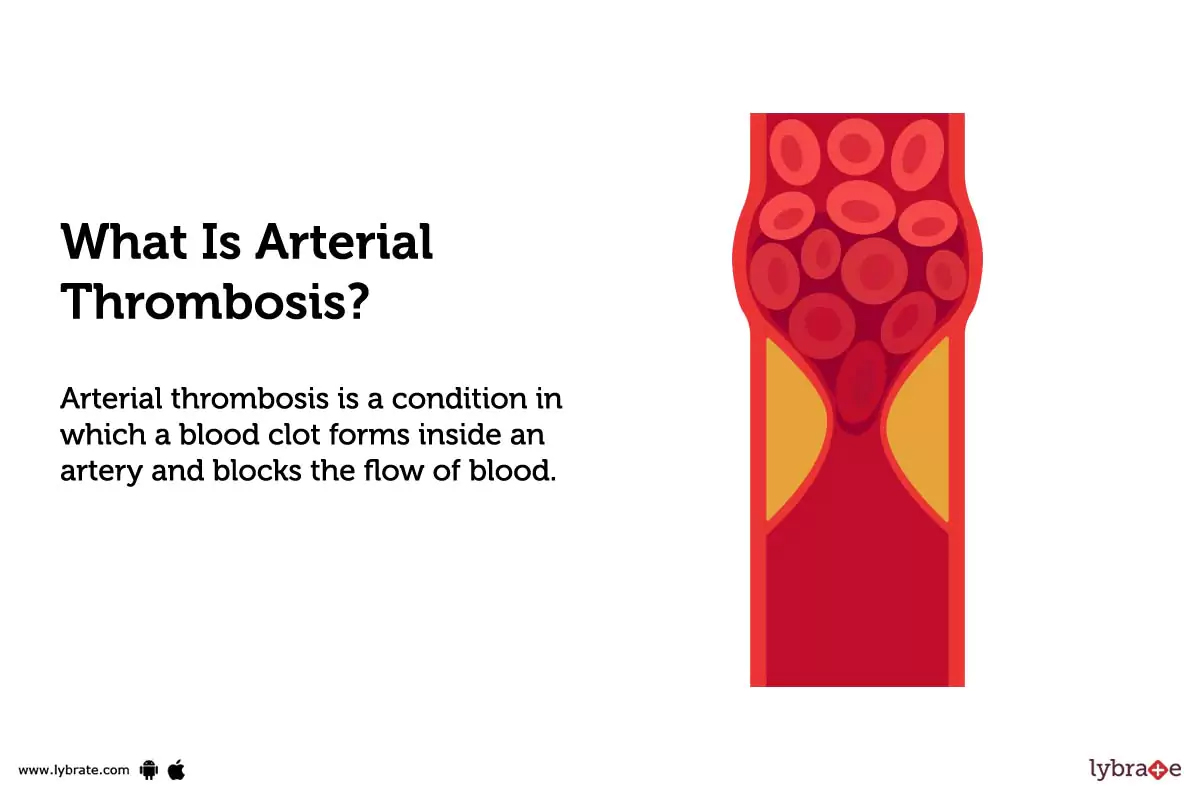
Key facts
- Thrombosis occurs when a blood clot forms in an artery or vein.
- Diseases caused by thrombosis include stroke, heart attack, peripheral vascular disease, superficial venous thrombosis, deep vein thrombosis (DVT) and pulmonary embolism.
- Many types of thrombosis can be life-threatening.
- You may need medicines to dissolve the clot.
- If you are at a high risk of thrombosis, your doctor may recommend medicines to thin your blood and reduce your risk.
What is thrombosis?
Thrombosis occurs when a blood clot forms either in an artery or vein. The clot is known as a thrombus.
Normally, your blood will only clot if you cut yourself and start to bleed. At the site of the cut, the blood gets thicker and forms a clot to ‘plug’ the wound, so it stops bleeding.
What are the types of thrombosis?
Arterial thrombosis
A clot that forms in your artery is known as arterial thrombosis. This can cause serious problems such as a stroke (a clot in an artery in your brain), a heart attack (a clot in an artery in your heart) or peripheral vascular disease (a clot in an artery in your leg).
Venous thrombosis
A blood clot in a vein near the skin is known as superficial venous thrombosis. This can be painful, but is usually not serious.
A blood clot that forms in deep veins inside your body it is called deep vein thrombosis (DVT). This can cause serious problems such as a pulmonary embolism. This is when part of the blood clot breaks off and moves to the arteries in your lungs, causing a blockage that can affect your breathing and blood circulation.
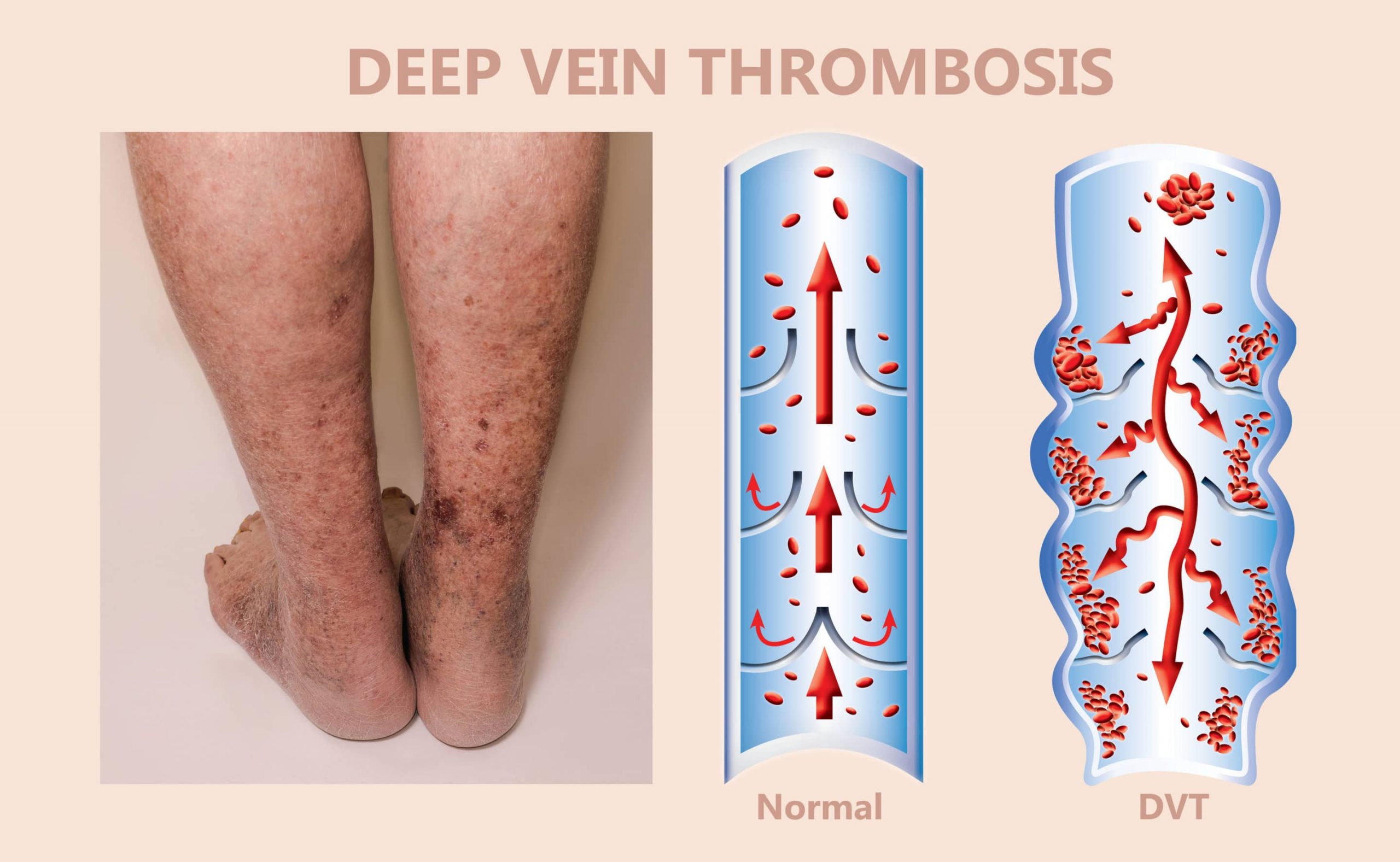
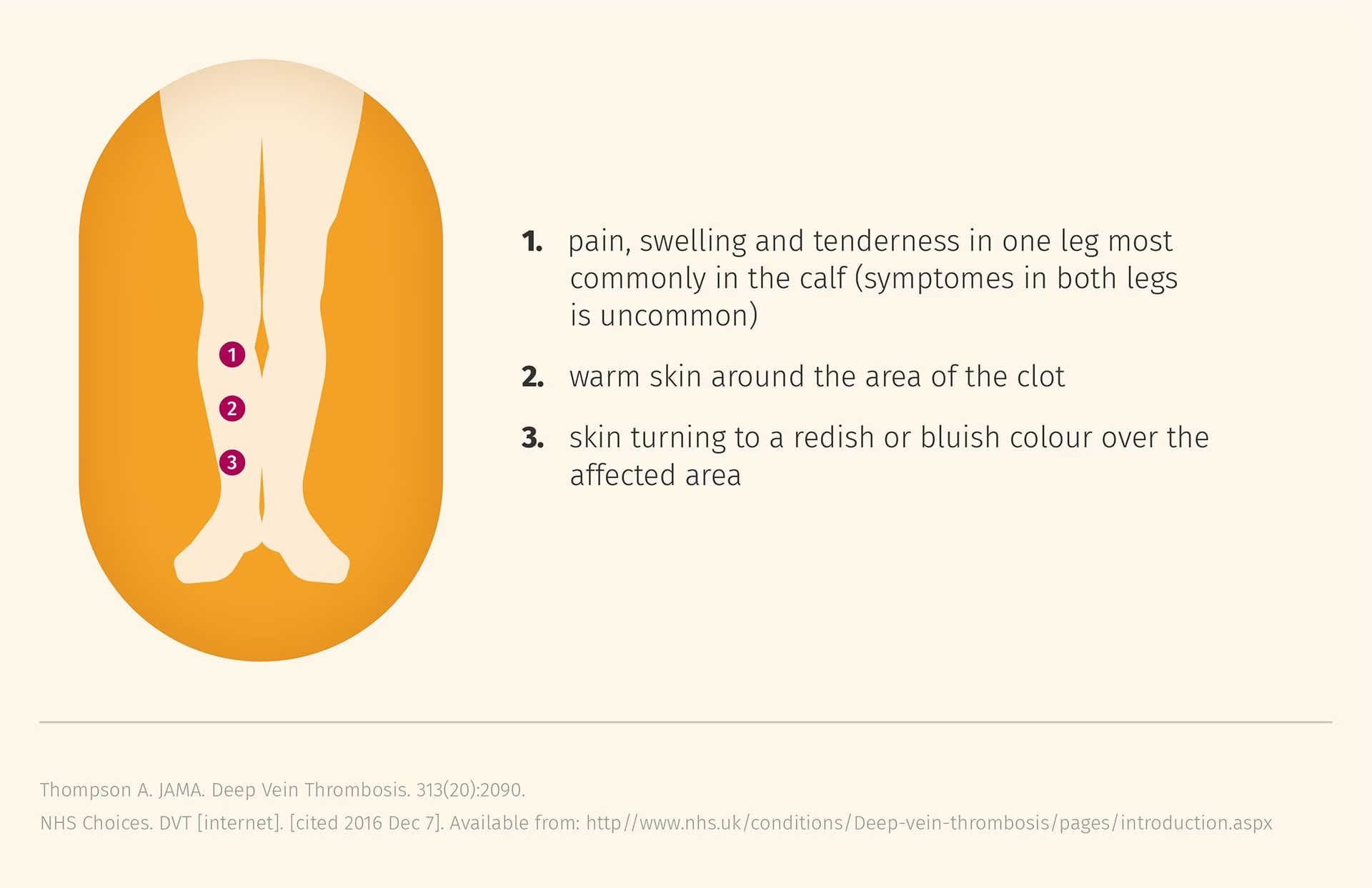
What are the symptoms of arterial thrombosis?
Symptoms of stroke may include:
- numbness or weakness on one side of your body
- confusion
- slurred speech
- drooping mouth
- inability to lift both your arms
- sudden vision problems
Symptoms of heart attack may include:
- central, crushing chest pain that radiates to the left shoulder and arm
- shortness of breath
- heart palpitations
- loss of consciousness
Symptoms of peripheral vascular disease can include leg pain when walking, that improves with rest. If the blood supply to one leg is completely blocked (known as critical limb ischaemia) the leg may be very painful, pale or blue and cold.
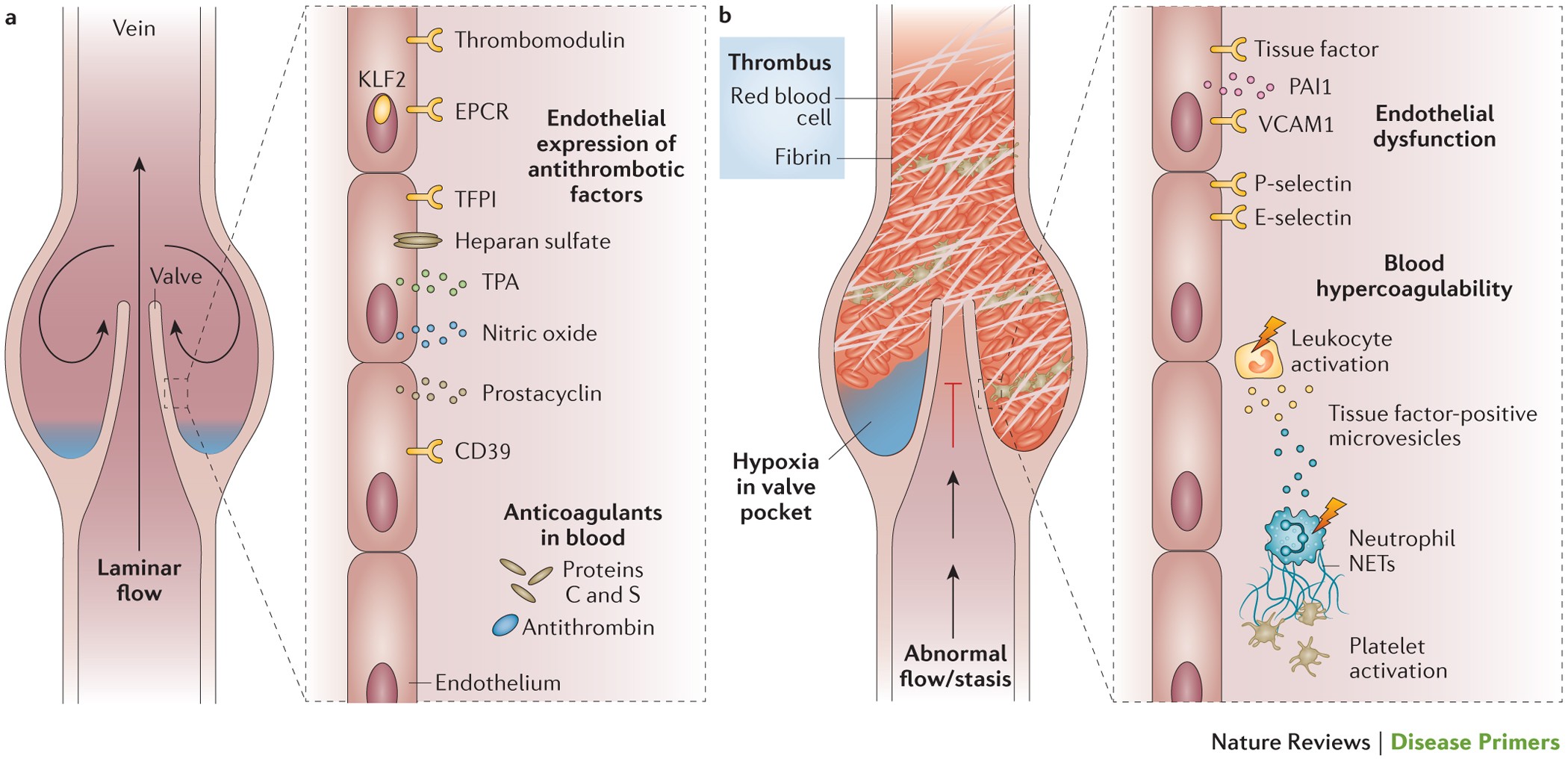
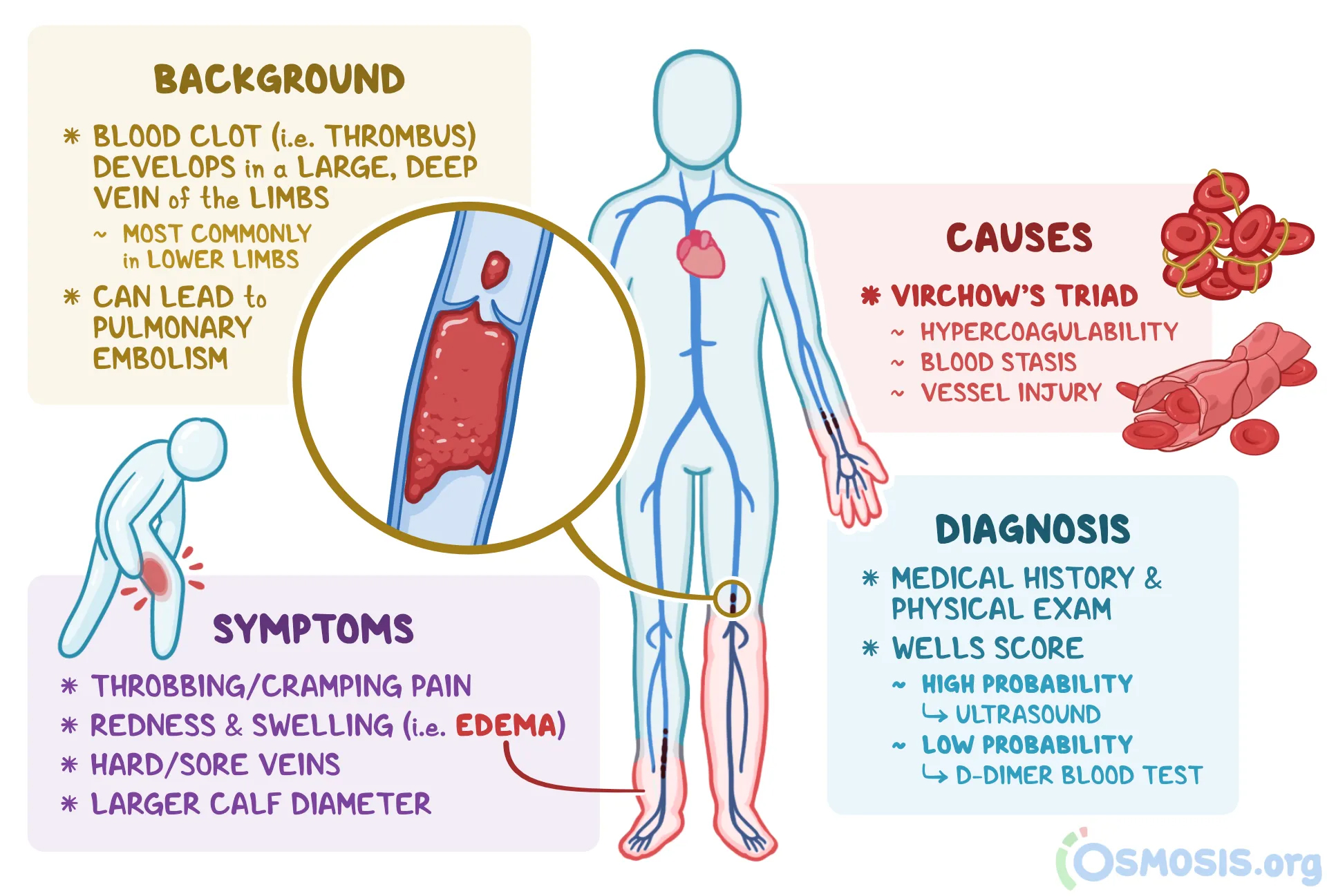
What are the symptoms of venous thrombosis?
Superficial venous thrombosis can cause painful, red, warm swollen bumps on your leg over and around the site of the clot.
A DVT in the leg or pelvis can cause pain, swelling, redness and warmth in the whole leg, particularly in the calf.
Symptoms of a pulmonary embolism may include chest pain, coughing up blood and difficulty breathing. If a DVT caused the pulmonary embolism, you may also have symptoms of a DVT, such as leg pain.

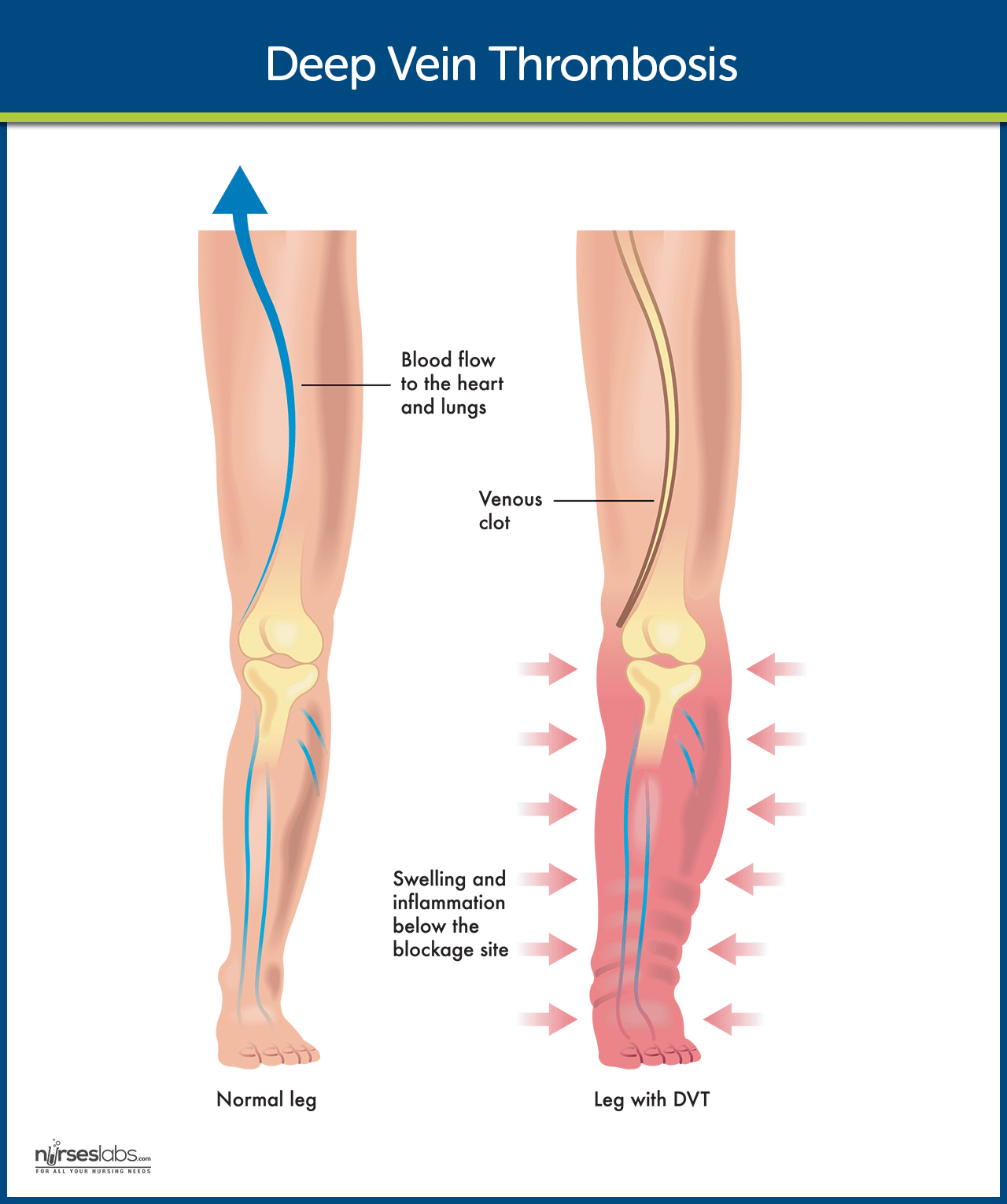
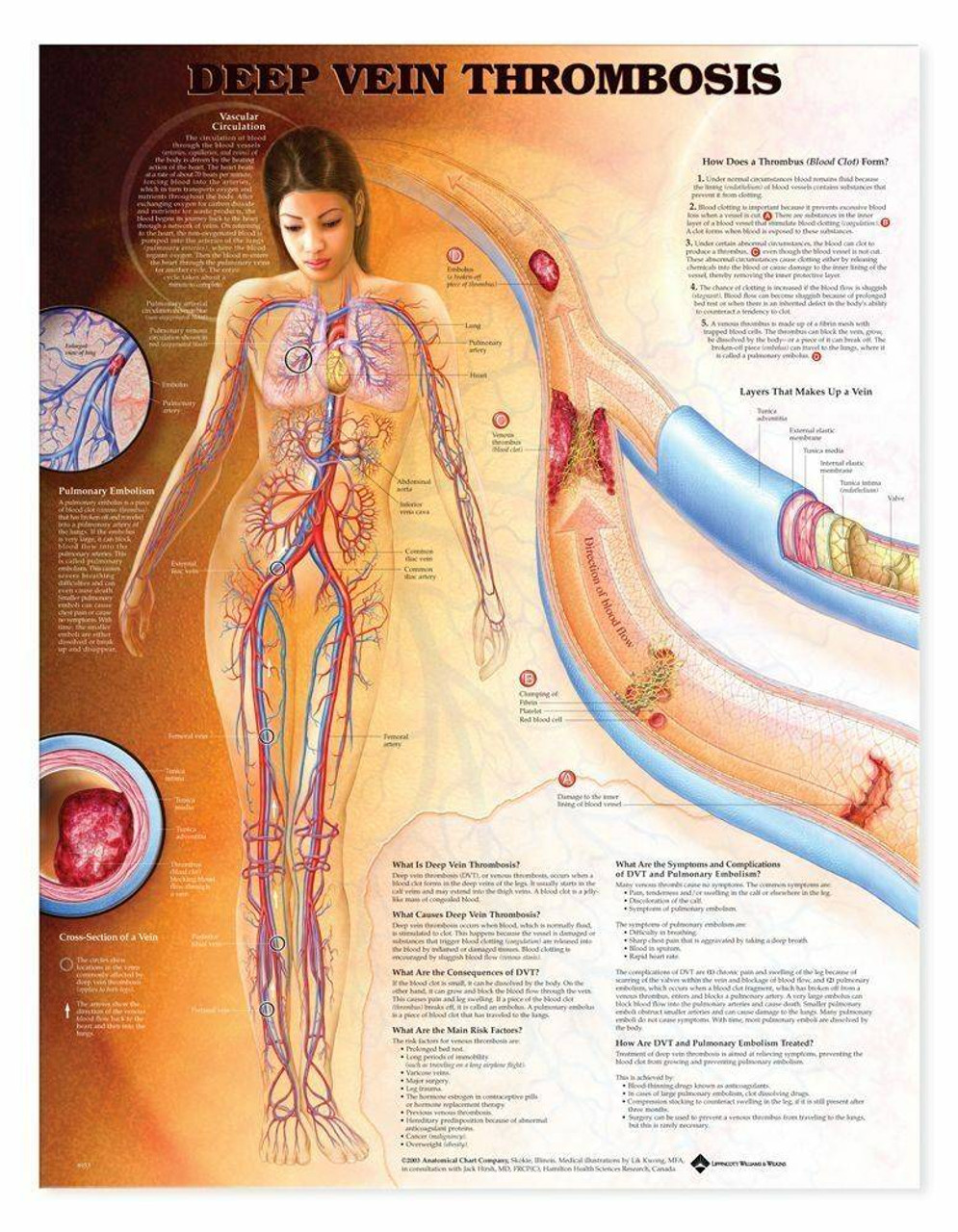
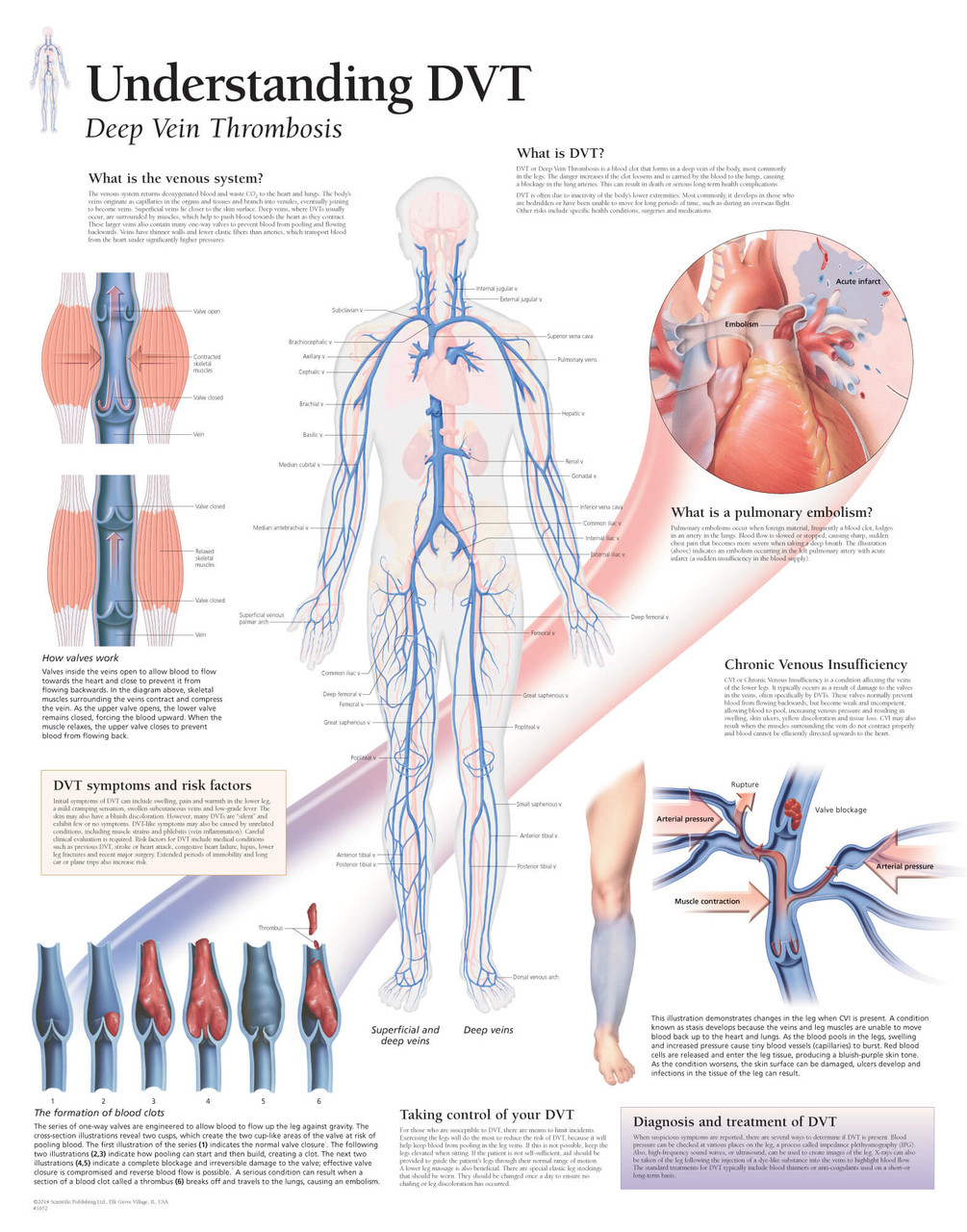
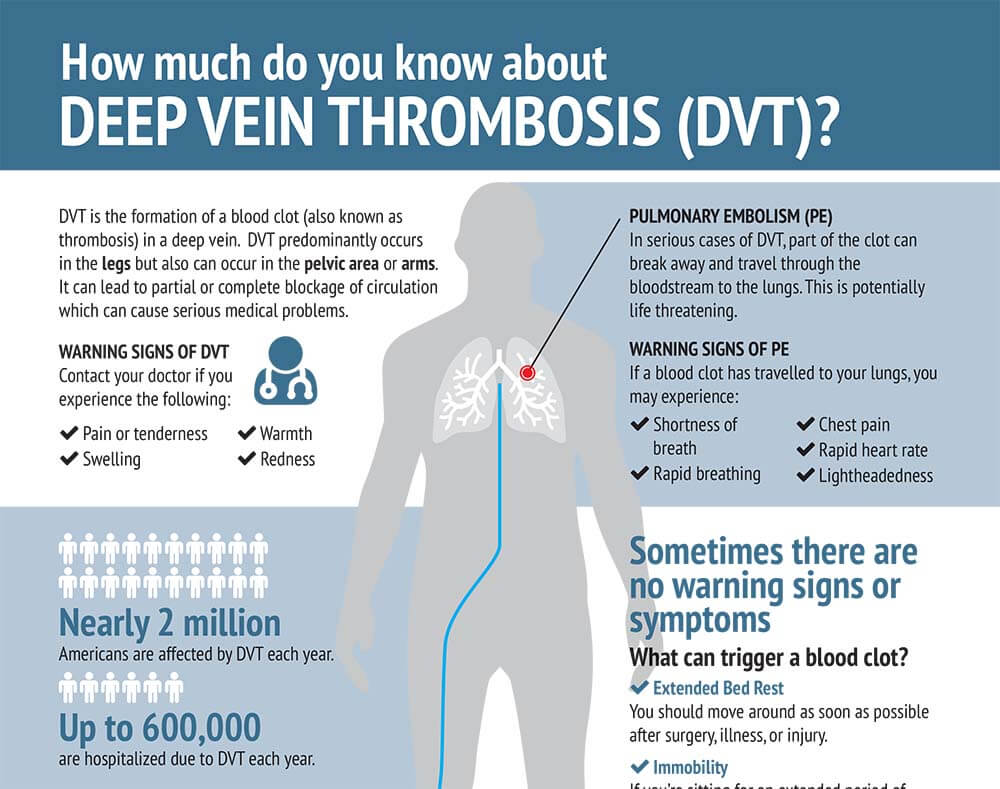
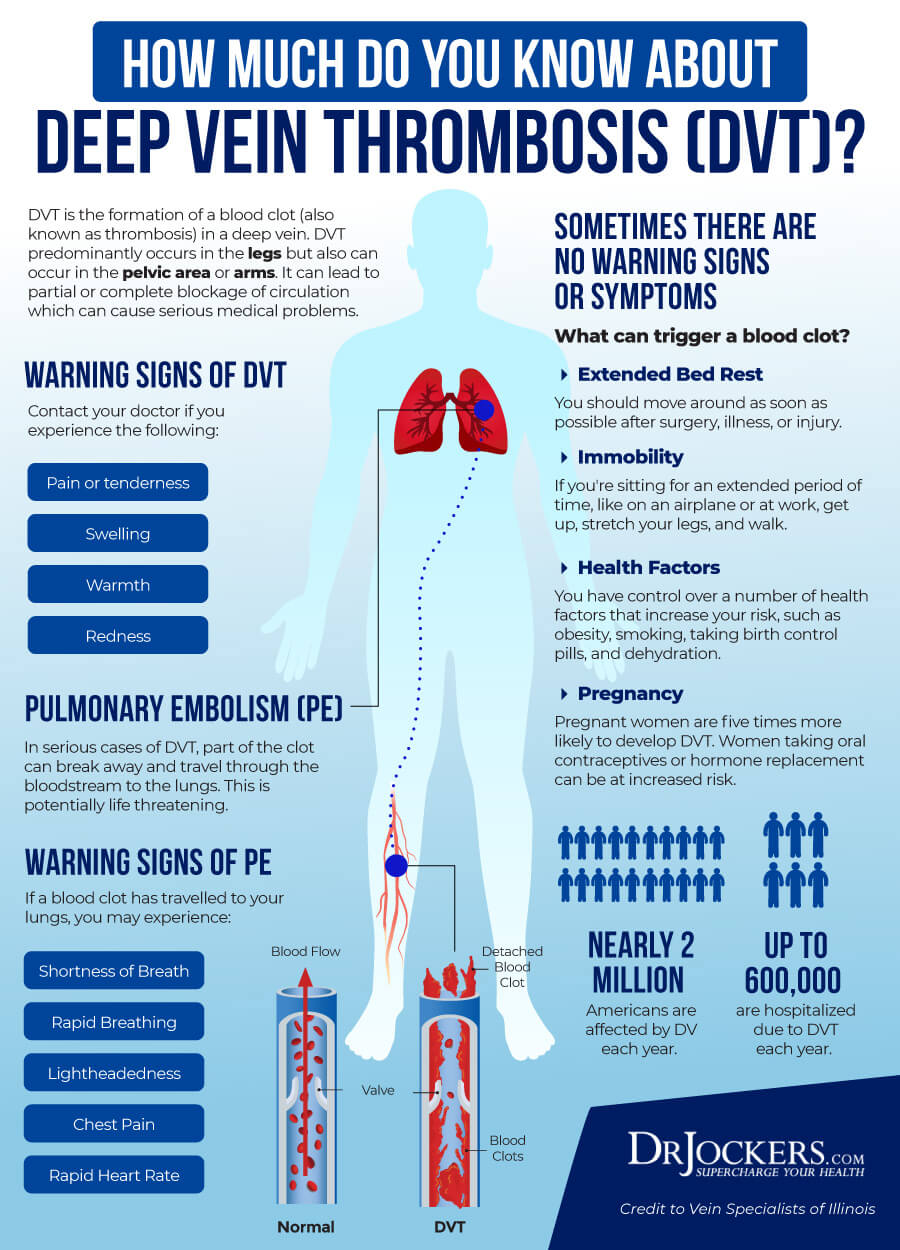
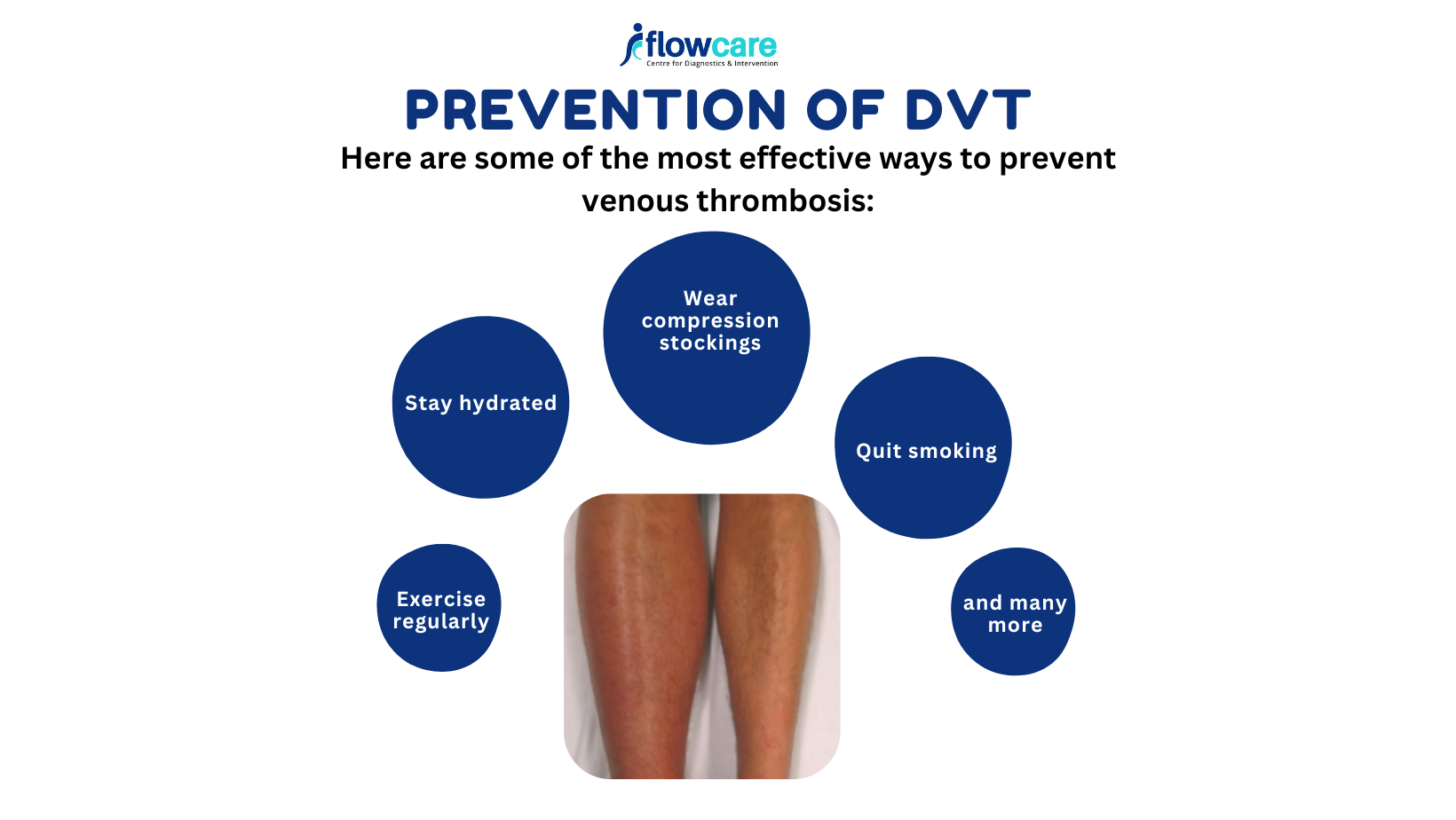

How is thrombosis caused?
Arterial thrombosis is usually caused by fatty deposits (atherosclerosis) that make your arteries narrower and less flexible. Factors that increase your risk of developing atherosclerosis include smoking, hypertension, diabetes, high cholesterol, obesity and family history of atherosclerosis.
You are more likely to develop venous thrombosis if you:
- smoke
- have been immobile for long periods of time (for example, due to paralysis, surgery, long term bed rest or long a plane ride)
- are overweight, obese or pregnant
- have cancer
- take certain hormone therapies (including taking oral contraceptives)
- are dehydrated
- have had a DVT before
How is thrombosis diagnosed?
Your doctor will ask you about your symptoms, and your overall health and lifestyle and perform a physical examination.
If your doctor thinks you might have thrombosis, they might order tests including:
- an ECG
- an ultrasound scan
- an echocardiogram
- blood tests
- x-rays
- CT or MRI scans
How is thrombosis treated?
If you have superficial venous thrombosis, medicines, rest and a cold or warm compress can help.
Treatment of an arterial or deep vein thrombosis will depend on where it is and if it caused any damage. You may need treatment in hospital.
Your doctor may prescribe medicines to dissolve your clot. They may also recommend surgery to remove or bypass a blood clot, or to widen an artery. Compression stockings can relieve swelling and pain in your legs.
You might be prescribed an anticoagulation medicine, such as warfarin, to thin your blood and make it less likely to clot in the future. You may need to take anticoagulation medicines for months or years to prevent clots recurring.
Can thrombosis be prevented?
You can reduce your risk of arterial thrombosis by:
- quitting smoking
- drinking less alcohol
- losing weight if you need to
- keeping physically active
- eating a healthy, balanced diet
Your doctor might recommend medicines to reduce your cholesterol and blood pressure.
To reduce your risk of venous thrombosis, you should quit smoking and maintain a healthy weight. If you’re at a high risk of deep venous thrombosis, your doctor may advise against the oral contraceptive pill and may recommend compression stockings, especially on long flights and after surgery.
Your doctor might recommend you take a low dose of aspirin each day to thin your blood. They may also prescribe anticoagulants to help prevent thrombosis and reduce your risk of clots.
